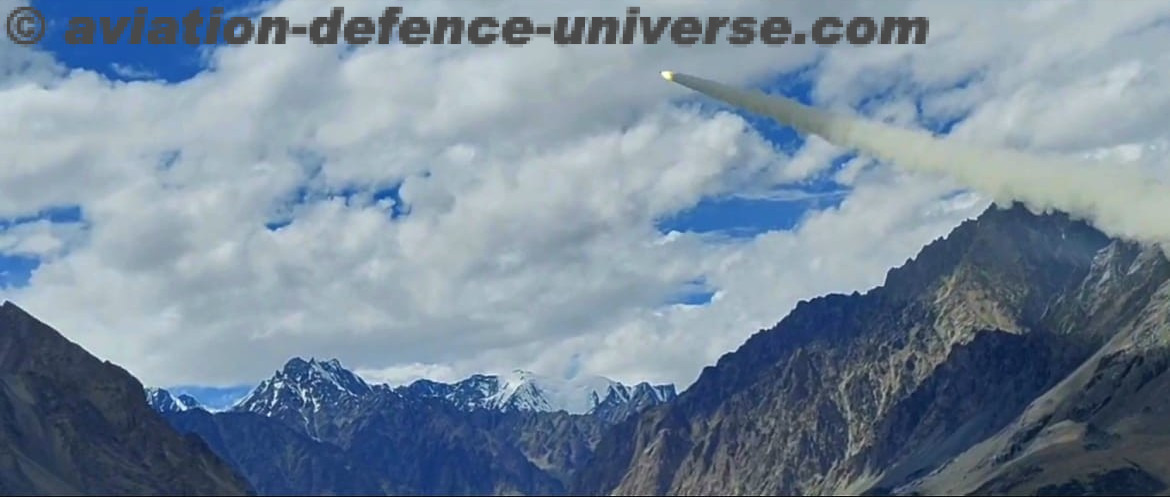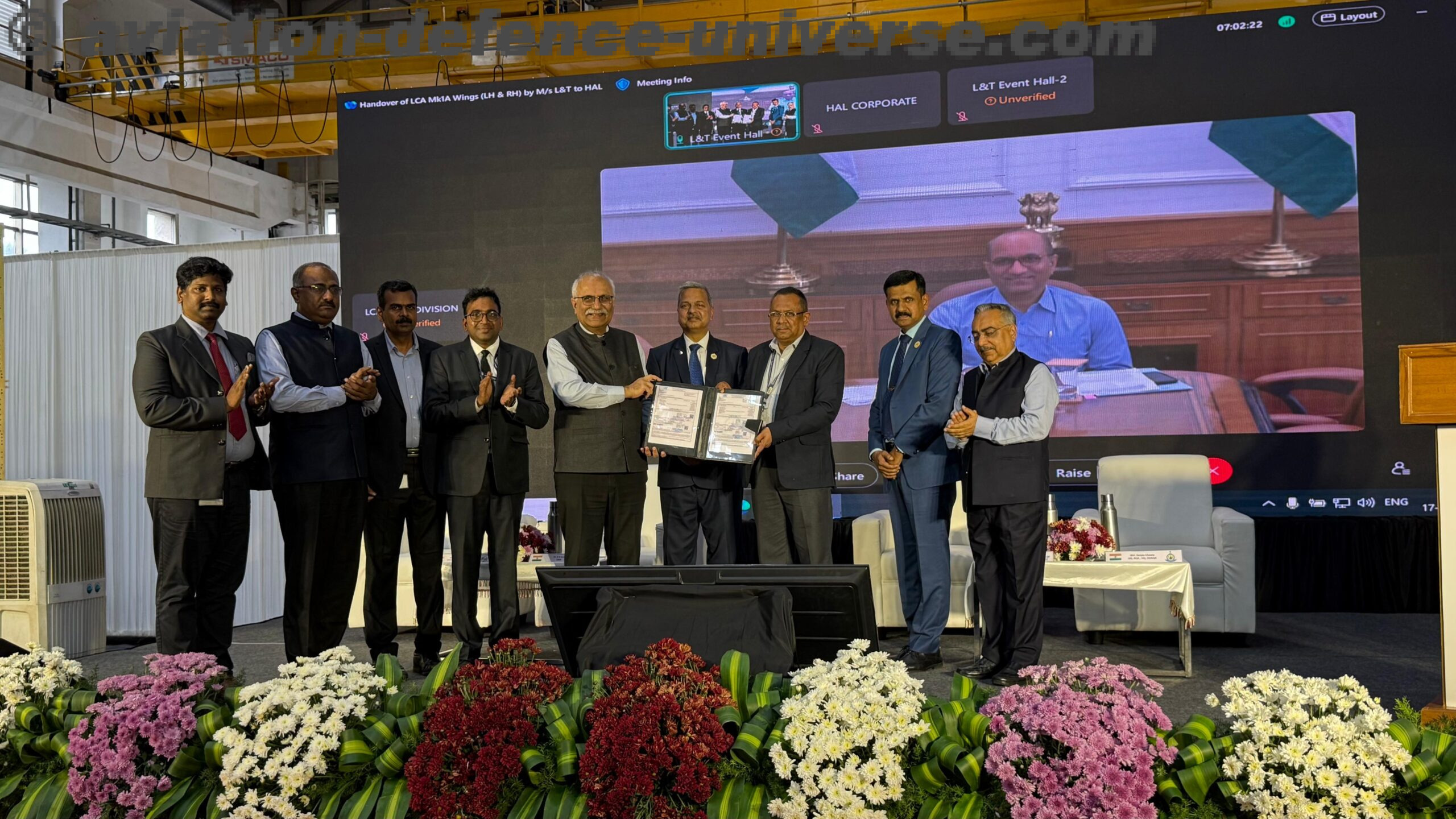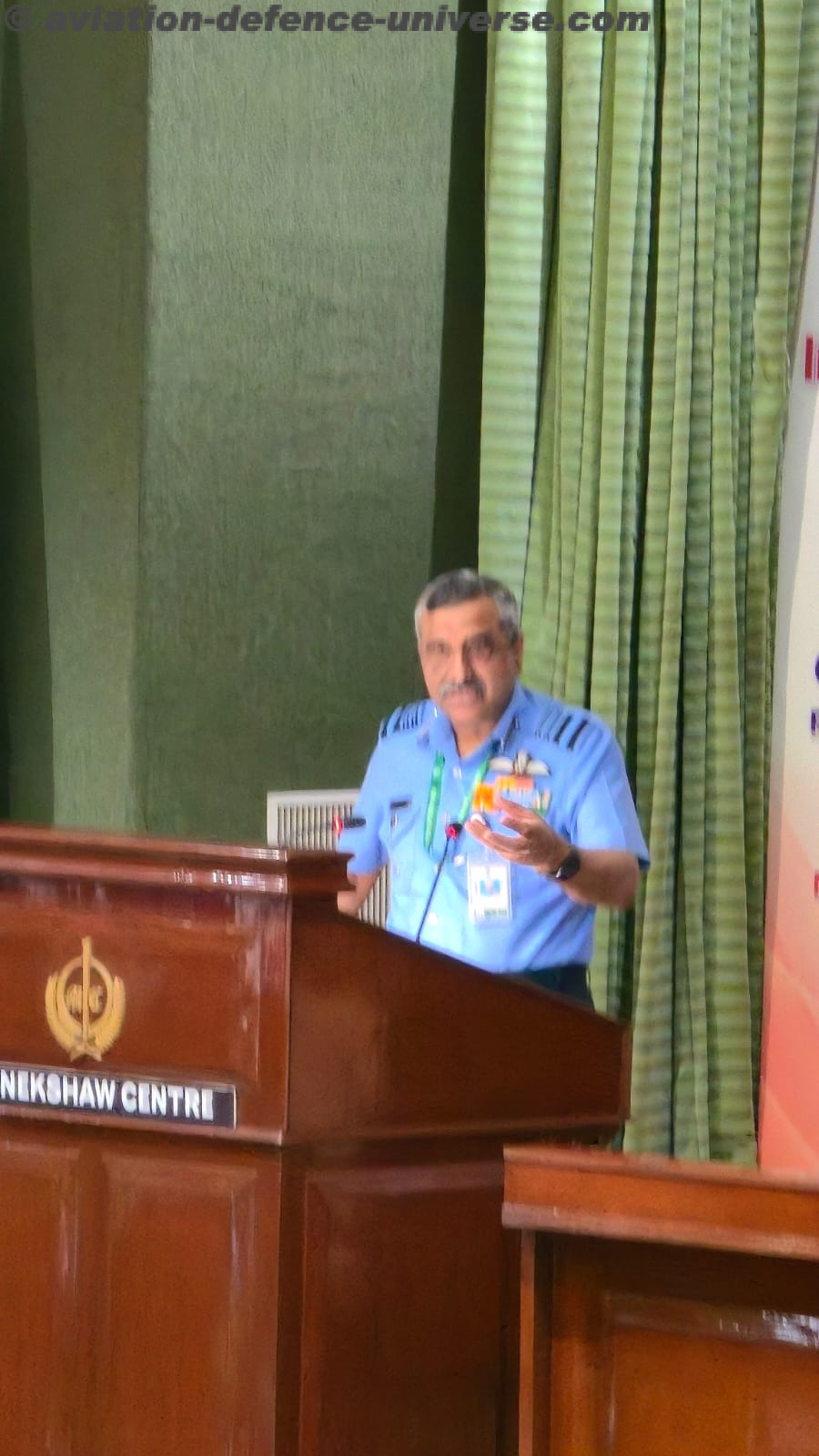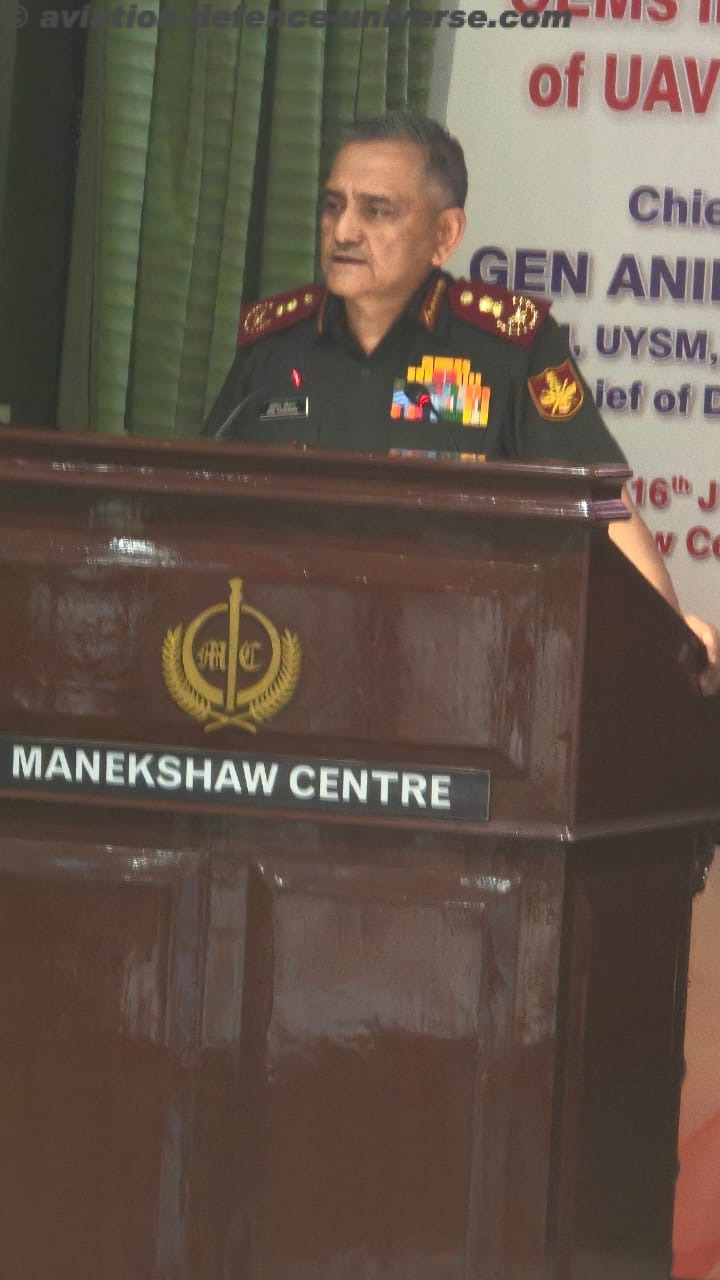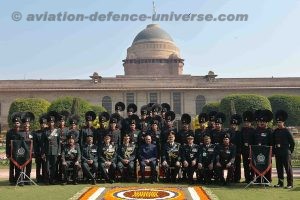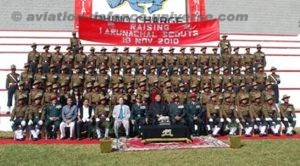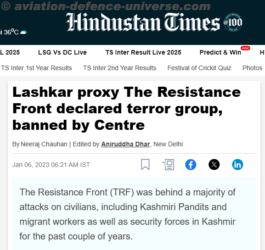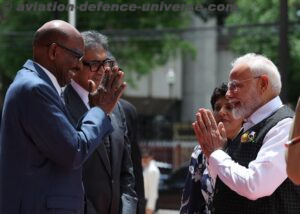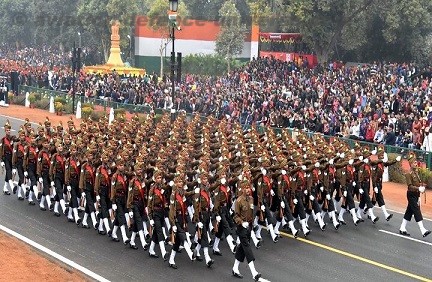
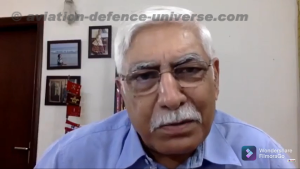
By Lt Gen Vinod Bhatia, PVSM, AVSM, SM (Retd)
“Many changes have taken place but one change remains the same; that is your Task & Duty . You are required to ensure the security of this country against all odds,” said Field Marshal Sam Manekshaw
New Delhi. 15 January 2022. The 1.2 million strong Indian Army is by far the most battle hardened and combat rich force in the world. As the army readies to celebrate the 74th Army Day on 15 January 2022, it is time to review the many challenges and opportunities in the year ahead.
The challenges for the armed forces and the army in particular, have grown exponentially in the last couple of years, as China and COVID continue to be the primary challenge. The very concept of security has been redefined as nations now prepare for ‘Comprehensive National Security’. The Indian Army with a pan India footprint will again need to put the hand up to meet and mitigate all threats be these along the Line of Actual Control ( LAC), Line of Control (LoC), Internal Security in J&K and North East, as a ‘Net Security Provider’ in the region and equally critical the emerging ‘Non Traditional Security Challenges’.
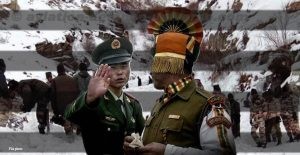
In the immediate to near term, China’s aggressive behaviour and the forward deployment along the LAC in May/ June 2020 will continue to be the most challenging. The 20 month long standoff along the High Himalayas between the two largest armies in the world continues despite 14 rounds of talks between the militaries. Hence the primary challenge for the army will be to defend the LAC and talk to the PLA from a position of relative strength, to ensure a mutually acceptable resolution of ‘ Status Quo Ante’. Fortunately the Army has the requisite resilience, experience, wherewithal and the will to deploy for the long haul, unlike the PLA wherein the soldiers lack the combat experience and the motivation as most of them are conscripts and look over their shoulders to get back home. India needs a THREE ‘D’ strategy to deter China, ‘Defend’ the LAC, ‘Dominate’ the Indian Ocean and ‘Deter’ China’s aggressive behaviour by ‘Bind to Balance’ with nations having congruence and convergence of interests like the QUAD. the strategy is contingent to an effective defence of the LAC by the army.
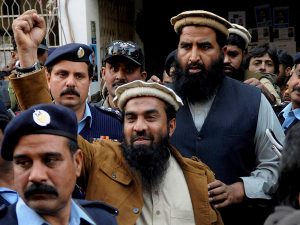
Pakistan will continue with the tried and tested policy of ‘Proxy War’ against India, exploiting the newly achieved strategic relevance with the outreach and control of a Taliban ruled Afghanistan. The world looks to Pakistan to rein in the Taliban as most roads to Kabul lead via Rawalpindi. The LoC has been quiet for the last one year, since the Ceasefire agreement was reiterated in February 2021, however there has been little let up in infiltration attempts across the LoC with Pakistan attempting to up the violence levels in J&K, targeting civilians. The army is and should be prepared for the Pakistan deep state upping the ante in J&K an the hinterland emboldened by the success in Afghanistan. Post the Uri surgical strikes and the precision air strikes on Jabba Top ( Balakote), Pakistan has refrained from crossing the red lines as there have been no terror attacks outside of J&K. To ensure that Pakistan does not up the ante in the Proxy war India needs a THREE ‘P’ strategy, Proactive, Preemptive and Punitive, The Army has to be prepared to execute this strategy, in all its dimensions.
Many in the past have argued that the two front threat is a construct by the armed forces, and have argued against the manifestation of such a threat. With China now deployed in strength along the LAC, the two front threat is imminent. Operational and Defence preparedness is imperative to meet the two front threat. The challenge for the army will be to enhance the combat effectiveness given a limited defence budget. The Government has implemented many initiatives to further self reliance in defence manufacturing, this however will take time to fructify and hence army will have to be judicious in the approach to being ‘Atma Nirbhar’ and procurements ex import.
In addition to the security challenges, the army will need to be present relevant and future ready. The changing nature of warfare driven by new age technologies will have to be factored in the armies doctrines, organisations and wherewithal. World over, the strategic community argues that Artificial Intelligence (AI) based autonomous systems on land, air, seas and subsurface employing precision targeting and adaptive learning technologies complimented by cyber and information wars will dominate future conflicts and also contribute to effective deterrence. The Indian army needs a focused approach, dedicated resources and an implementable action plan for induction, absorption and exploitation of new age technologies. This will be a major challenge for the army.
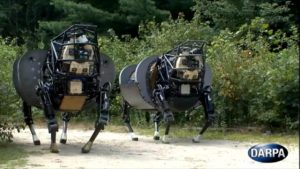
Challenges also provide opportunities and the armed forces should see 2022 as the year of opportunities, with the aim to transform from a ‘Military Force to a Military Power’. The armed forces and the army as a major contributor should ensure the right structures and systems for the ‘Integrated Theatre Commands’ and the joint commands. The army will need to lead this transformation. The stand off along the LAC has forced a long delayed strategic rebalancing by the army; this will need to be pursued to a logical conclusion. The army’s assessment of the China threat has been pragmatic and realistic, accordingly the army raised two defensive divisions to man the LAC in 2009/2010. In July 2013 the CCS after much deliberation and a push by the army sanctioned the accretion forces ( Mountain Strike Corps) of 90,000 personnel at a cost of INR 64,000 approximately spread over eight years. Unfortunately though sanctioned, the additional allocation of funds was never released resulting in a temporary suspension of new raisings. Had the raisings been completed as planned the army would have had the combat power abinitio deployed along the LAC. Fully operationalizing the accretion forces with the requisite military hardware and allied infrastructure and logistics will be a priority for 2022. The China threat is also an opportunity to build a multimodal all-weather infrastructure along the India-China border. This is one weakness which has to be corrected as early as possible, as the government gives it the much required resource and impetus. The infrastructure will also contribute to the education, health and economic development of our inhabitants along the borders. China has invested in the THREE ‘Rs’, roads, reserves and radars ( Early warning) to man and manage the LAC, a good model for the Army to replicate, by enhancing the ISR capabilities, positioning reserves with adequate battlefield and tactical mobility. Brigade-sized quick reaction forces should be designated, equipped and trained to thwart the forward deployment by the PLA along the LAC.
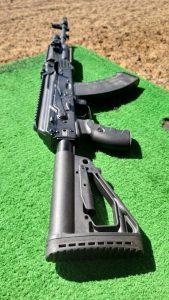
Modernisation has to be the priority for the Army. The planned inductions at various stages of procurement should be pushed so that these fructify in acceptable time frames. The government has approved the the production of over six lakh AK-203 assault rifles at Korwa in Uttar Pradesh. The 7.62 X 39mm caliber AK-203 rifles will replace the INSAS rifle that was inducted in the 80s. The AK -203 will also enhance the operational effectiveness of the Indian Army in Counter Insurgency and Counter-Terrorism operations. As the project was delayed, the Indian Army purchased 72,000 Sig Sauer rifles from the US and has placed an additional order for 72,000 rifles. Another 44,000 Light Machine Guns and 44,600 carbines are in the pipeline. The aim is to reduce the battle load on the soldier by procuring lightweight personal kit, ballistic helmets ,communication equipment and body armour. Battlefield Management Systems (BMS) aims to integrate combat units of infantry, mechanised, artillery and aviation – into a digital network that will link together all components of the future battlefield.
The mechanised forces are being modernised with armoured fighting vehicles to enhance versatility in terms of operability, mobility and lethality. RFI has been issued for 350 light tanks to equip six regiments for High Altitude Warfare. Army has also proposed to induct 248 Arjun Main Battle Tanks, 1,657 Russian-origin T-90 Main Battle Tanks, apart from the on-going upgrade of its T-72 Tank fleet. The Indian Army is also to upgrade its entire BMP-2 fleet to include integration of the futuristic fire control system, twin missile launchers and commander’s thermal imaging panoramic sights, anti- tank guided missiles as well as automatic grenade launchers. The army also plans to procure 3000 to 4000 artillery guns at a cost of US$3 billion. This includes purchasing 1580 towed, 814 mounted, 180 self-propelled wheeled, 100 self-propelled tracked and 145 ultra-light 155 mm/52 calibre artillery guns. The Army Air Defence plans to induct two Regiments of indigenous Akash Missiles. Among the cutting edge technologies the army looks to induct and exploit are Artificial Intelligence based unmanned systems, NanoTechnology, Non- Lethal Weapons, Directed Energy Weapons and NBC warfare. Rapid strides are needed to be taken in the field of Nanotechnology as it would lead to reduction of size and weight which would be suitable for deployment in High Altitude.
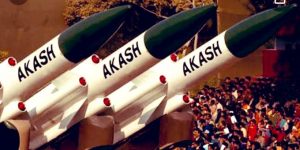
The Army Day is also the occasion for the soldiers to rededicate themselves to the ‘ NAM NAMAK AND NISHAN’ of their units, regiments, the army and the country, as the military leaders audit the performance and preparedness of the army, introspect and chart out the roadmap to meet present and future challenges, ensuring the wellbeing of the soldiers. As a veteran the day is special as always, with excitement and anticipation of not only a bygone era but the surety and certainty that the serving soldiers will continue to excel in all domains. The army DNA is unique and can be found not only among the soldiers past and present but in equal measure, if not more, among the wives and fauji brats with special messages of Happy Army Day dominating the many conversations and posts on social media.
(Lt. Gen Vinod Bhatia PVSM, AVSM, SM, (Retd.) is former Director CENJOWS and former Director General of Military Operations(DGMO) Indian Army. The views in the article are solely the author’s. He can be contacted at editor.adu@gmail.com)











